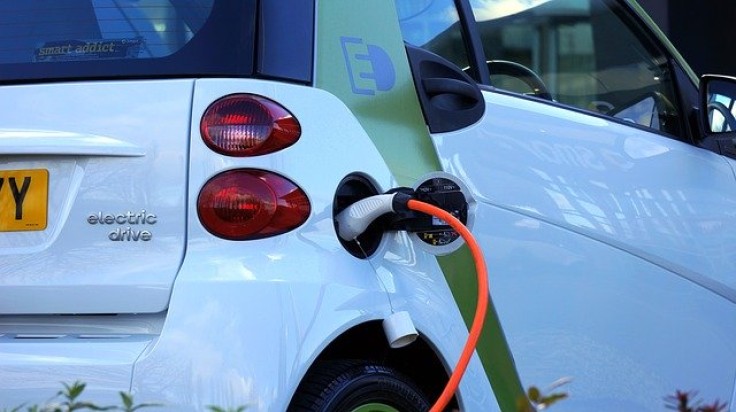
EV adoption can save thousands of lives and the economy, a new study says.
What would happen if EVs replaced a quarter of combustion-engine cars on the road now? A study shows that the United States could save about $17 billion yearly. This savings is by preventing damages due to brought by climate change and air pollution.
That savings could even reach as much as $70 billion yearly. That is if a more aggressive approach is used: if EVs replaced 75 percent of these cars, and renewable energy generation is increased.
Lead researcher Daniel Peters said that vehicle electrification could help prevent countless deaths among Americans annually. He added that the use of EV could also reduce carbon emissions.
Northwestern University researchers made the study. It was recently published in the AGU journal, GeoHealth. The aim was to evaluate the impact of EVs on the U.S. economy and people's lives.
EV adoption saves lives, reduce greenhouse gases
"This study presents a nuanced look at EVs and energy generation and found that EV adoption not only reduces greenhouse gases but saves lives," Daniel Horton, senior author of the study, said.
Researchers combined public health data and climate modeling. They looked at the 2014 data of vehicle fleet and emissions.
It was found that if a quarter of U.S. drivers used electric vehicles in 2014, we would have slowed down carbon dioxide emissions by 250 million tons.
Carbon emissions could damage the environment. The pollutants released by combustion could lead to ground-level ozone. Once these pollutants leave the tailpipes, they interact with the environment. They then cause various health problems.
A good example is nitrogen oxides. It is a product of fossil-fuel combustion. Peters explained that NOx alone could damage respiratory health. It is even more harmful when it interacts with sunlight and volatile organic compounds. Hence, ozone and particulate matter form.
Researches simulated the interaction using a chemistry-climate model, particularly the air changes in air pollutants across the lower 48 states. Varying levels of EV use and renewable energy generation were considered. They then combined the data with that of county health from the U.S. EPA. This method allowed a better evaluation of the impact of air quality changes on health based on each electrification scenario.
The next step was to assign dollar values to the data they were using. They applied the social costs of carbon. It also covered the value of statistical life metrics to the changes in emission results. They were then able to attach tangible value to the outcome of gas emission.
Daniel Peters headed the Northwestern University research team. He was an undergraduate researcher in Horton's laboratory during the research. Now, he is with the Environmental Defense Fund.
Other researchers were from the Boston University School of Public Health and NOAA Geophysical Fluid Dynamics Laboratory. The study was made possible by the support of the Ubben Program for Carbon and Climate Science and the National Science Foundation.









